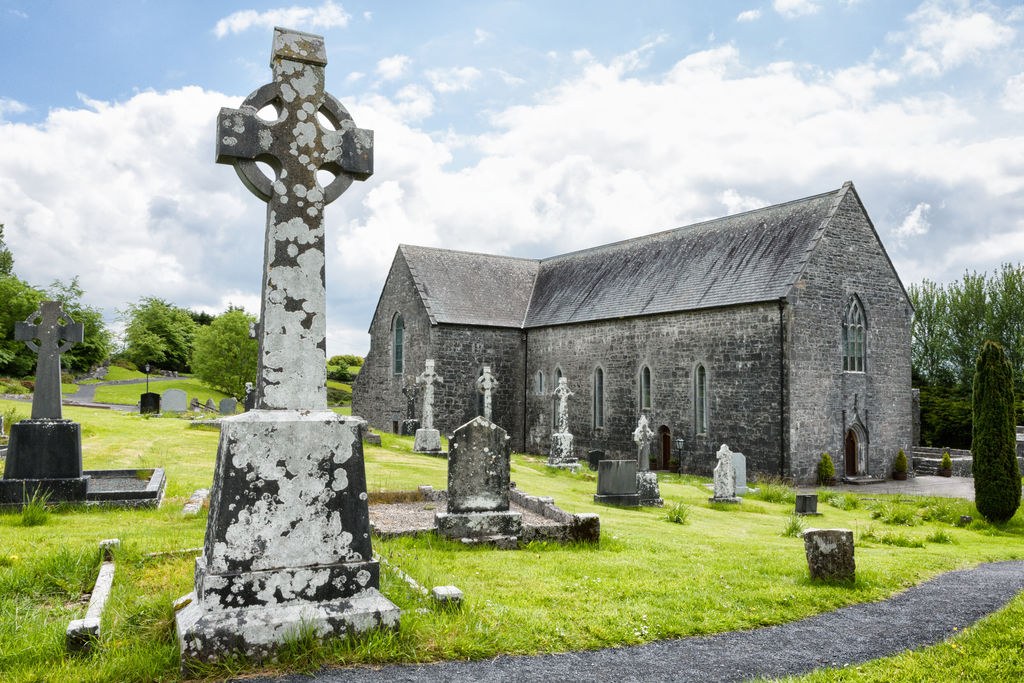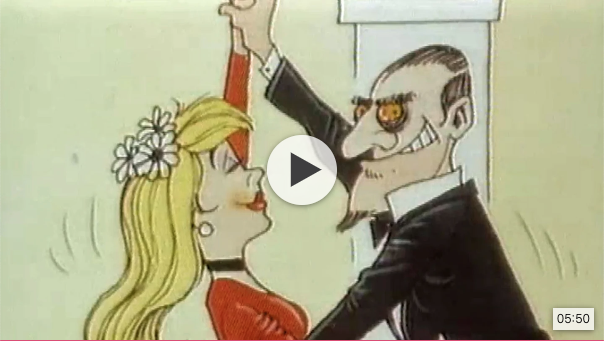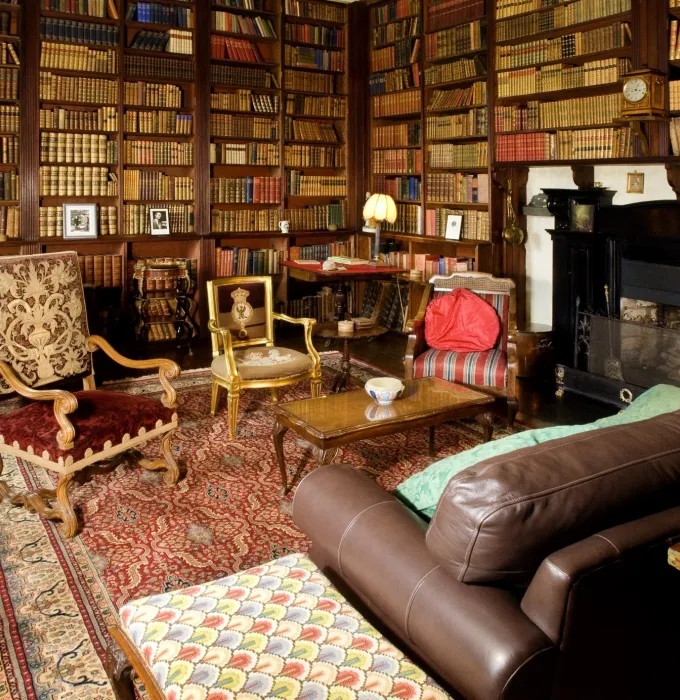November 1 marks the start of the ancient Celtic season Samhain. On this day, the sun is at its weakest, and the veil between this world and the next is said to be at its thinnest, allowing skittish souls to flit back and forth.
And where better to spend the spooky season than in Mayo? The county’s ancient, weather-beaten landscape – with its deserted villages, crumbling castles, misty mountains, craggy cliffs and treacherous bogs – is the perfect setting for chilling stories that send a shiver up the spine.
Here are just a few – all local Mayo lore handed down from generation to generation, ensuring trembles and frights aplenty. Read on, if you dare…
















